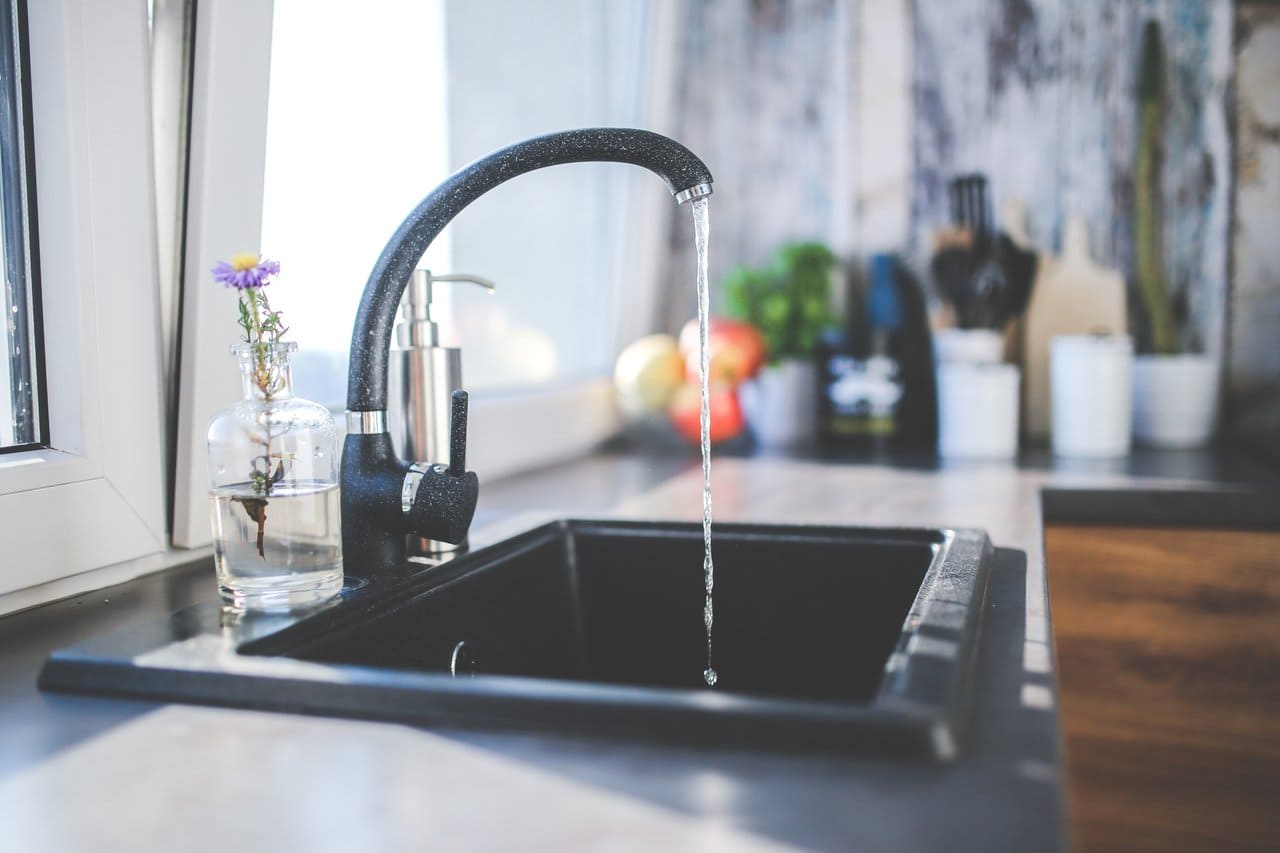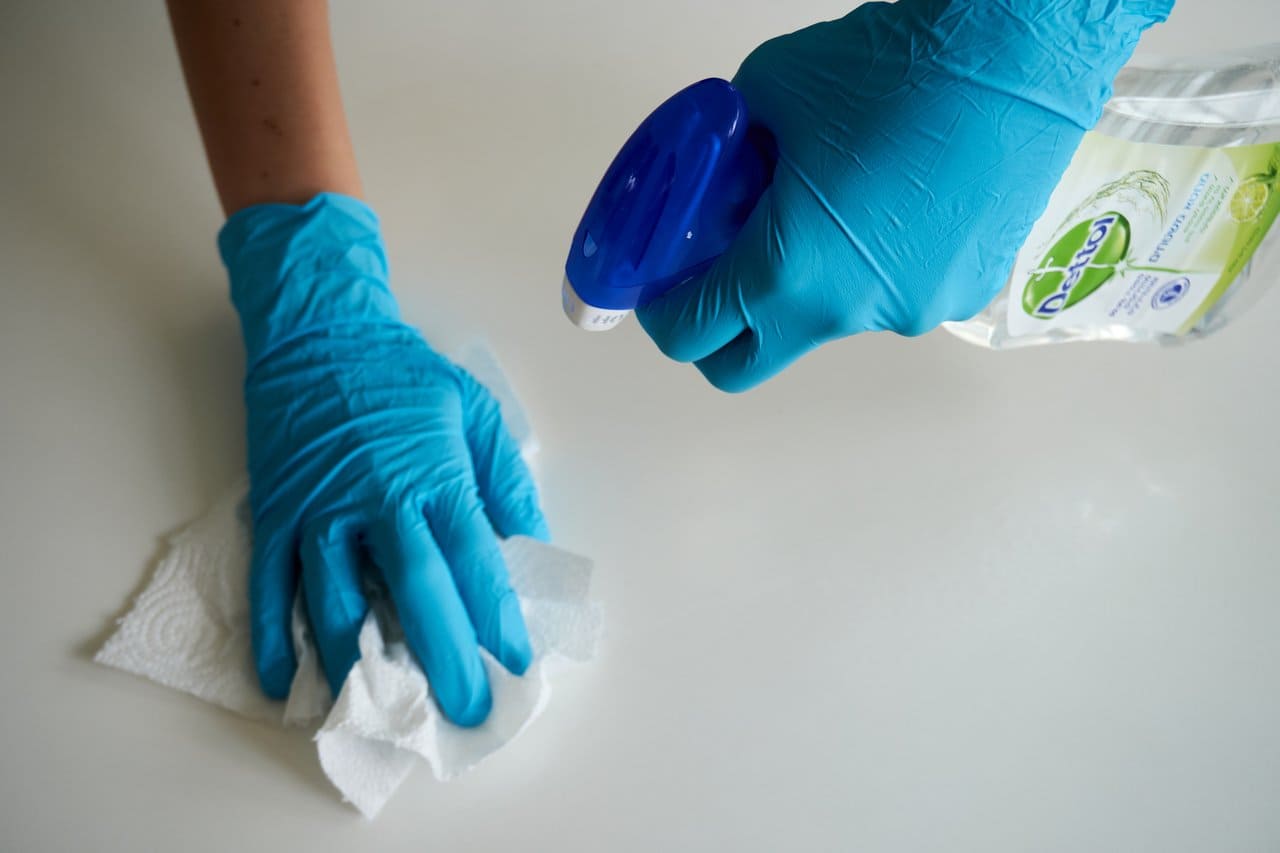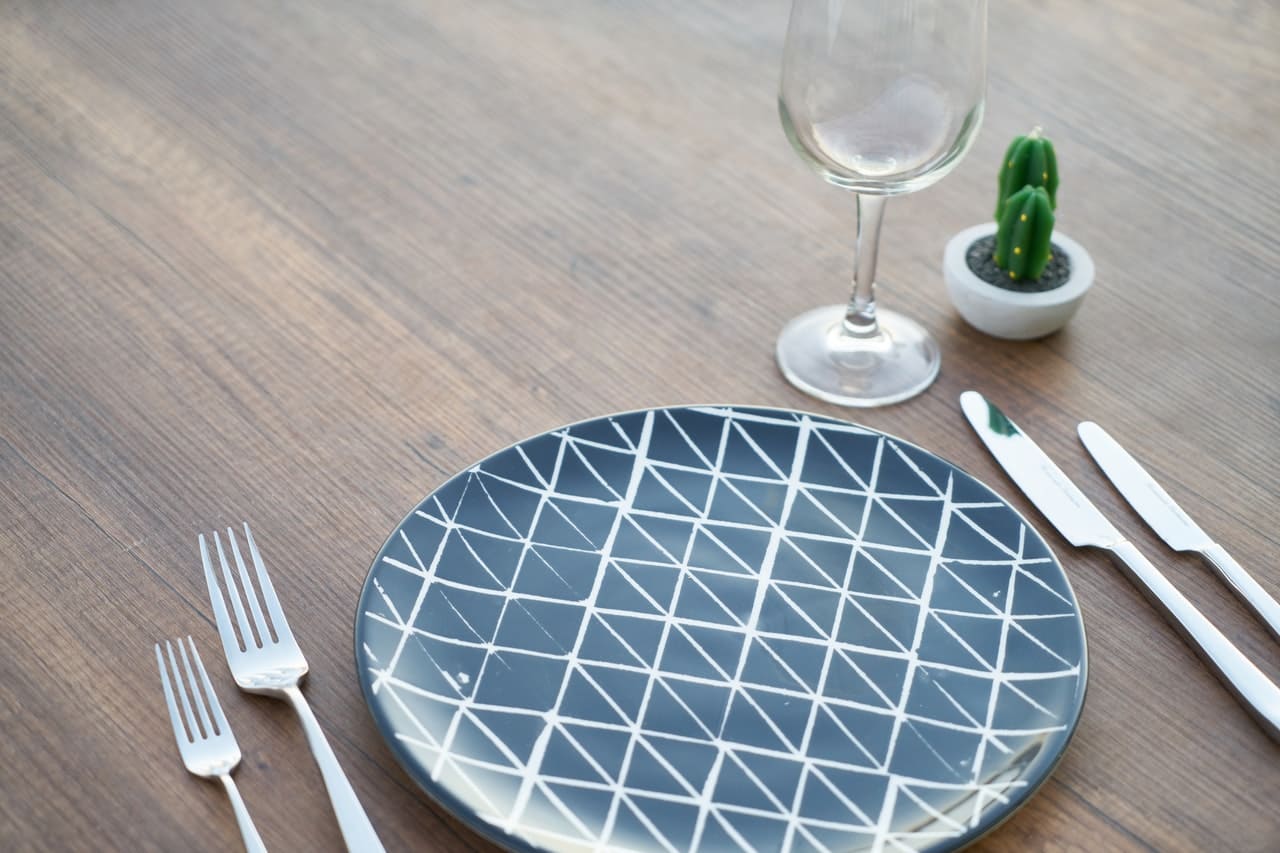Do you want to prevent the spread of COVID in your restaurant?
The COVID-19 pandemic has set new standards across the industries. These recent changes have significantly affected the restaurant and catering industry. The close contact between people and busy kitchens means that strict sanitization procedures are essential.
Many restaurant owners have experienced a slowing revenue stream. The lockdown measures and restaurant operation limits haven’t been favorable. Moreover, people are more cautious when ordering food from dining establishments. However, ensuring the highest safety standards will help to win back your customers' trust.
In this article, we are going over the top tips on how to sanitize your restaurant. By following these recommendations, you’ll stop the spread of this virus and create a safer restaurant for your employees and customers. Make it known that your establishment and every bit of food that comes out of its door is as safe as it gets.
Follow Strict Safety Measures
Now is the right time to ramp up your safety measures against the spread of viruses and various pathogens. Take a look at the following list of recommendations.
Focus on the food contact surfaces and equipment in your restaurant kitchen.
Wash and sanitize these areas, as well as kitchen equipment, on a more frequent basis. Communicate the need for doing so to all of your employees.
Monitor the health of your staff.
Encourage anyone to speak up whenever one feels any symptoms that could be related to COVID-19. Explain the risks involved if they leave you in the dark about their potential illness.
Are all of your hand sinks accessible?
In some restaurants, the hand sinks are an inconvenient option due to clutter, or they're outright blocked. Check that all these sinks have soap, water and paper towels.

Disinfect the employee and guest restrooms frequently.
Use cleaning products that are proven to mitigate the spread of COVID-19.
Share knowledge.
Explain the new and improved procedures related to curbing the spread of the coronavirus. Conducting a quick training is the best approach. Ensure that everyone in your staff is on the same page regarding the situation.
Do you have a buffet line?
Change the utensils more frequently compared to your regular routine. This is another method that could prevent further spread of the virus.
Figure out what high-touch surfaces and objects are in your restaurant’s dining room.
For instance, railings, doorknobs, light switches, push plates, door handles and A/C controls are usually high-touch components. Disinfect thoroughly and often.
Monitor the hand sink situation in the guest restrooms more often.
Compared to the times before the pandemic, you’ll see an increase in handwashing. Disinfect regularly. Provide essentials necessary for proper handwashing.
Carefully disinfect your menus, if possible.
If your restaurant has disposable menus, then replace the old ones continuously. Similarly, clean the touch screens, pagers and point-of-sale terminals on the premises.
Wash, rinse and sanitize.
Disinfect the kitchen tables. However, make sure to remove everything else away from the area that you are sanitizing. Otherwise, you face a dangerous risk of creating chemical contamination.
Look for an EPA Emerging Viral Pathogen claim on disinfectants.
Follow the instructions on the disinfectant bottle or packaging before starting to use a new product in your restaurant.

Wait for the surfaces to dry.
Allow the sanitizing product to air dry for a minimum of 60 seconds. Any less than that may not be enough to kill all the germs that it comes into contact with.
Review Your Products
Cleaning solutions and disinfectant products need to be up to the current task at hand. Check that all of your products are safe to use, stable and carry enough force to remove viruses. The products that you use in your restaurant should be non-corrosive.
Always follow the manufacturer's instructions on the label. The misuse of these products may decrease their efficacy in fighting COVID-19. Also, make sure to abide by any local regulations regarding the use of these products.
Understand the Transmission Pathways
Educate yourself on the various pathways of COVID-19 transmission. When you are equipped with this knowledge, you can make better decisions in your restaurant regarding its anti-viral measures.
Pay particular attention to dispelling the myths surrounding the virus transmission. For instance, no CDC report shows food as a pathway of transmission. But still, maintain an open mindset should any new discoveries come up surrounding the COVID-19 virus.
Have a Plan for a Bodily Fluid Event
As a restaurant owner during the coronavirus pandemic, you should be prepared for any occasion. Whenever an employee or customer vomits or experiences diarrhea, you should follow these sanitization principles:
- Prevent anyone from entering the area that has been contaminated.
- Disinfect and clean utensils that could have been exposed during the bodily fluid event.

- Make sure that anyone cleaning the area uses proper personal protective equipment (PPE).
- Exposed food has to be disposed of immediately.
- Clean and sanitize the contaminated surfaces and objects, including the walls, floor or sink.
- Dispose of the equipment that you used to clean and sanitize the area, utensils, equipment and any other objects.
In a Nutshell: Restaurant Sanitization for COVID prevention
The COVID situation is a pressing challenge across the industries. Restaurant owners need to focus on keeping their premises safe for employees and customers alike. Follow the recommendations outlined in this article to prevent further spread of the virus.
- Put strict sanitation and cleaning guidelines in place. Ensure that every employee understands the importance of these rules, of which they must follow at all times.
- Understand the transmission pathways. Proper knowledge of the latest insights into the spread of coronavirus allows you to make better decisions in your restaurant.
- Review your cleaning and disinfecting products. Check that none of them have expired and that they are up to the task.
For more information, Contact Greasecycle today.